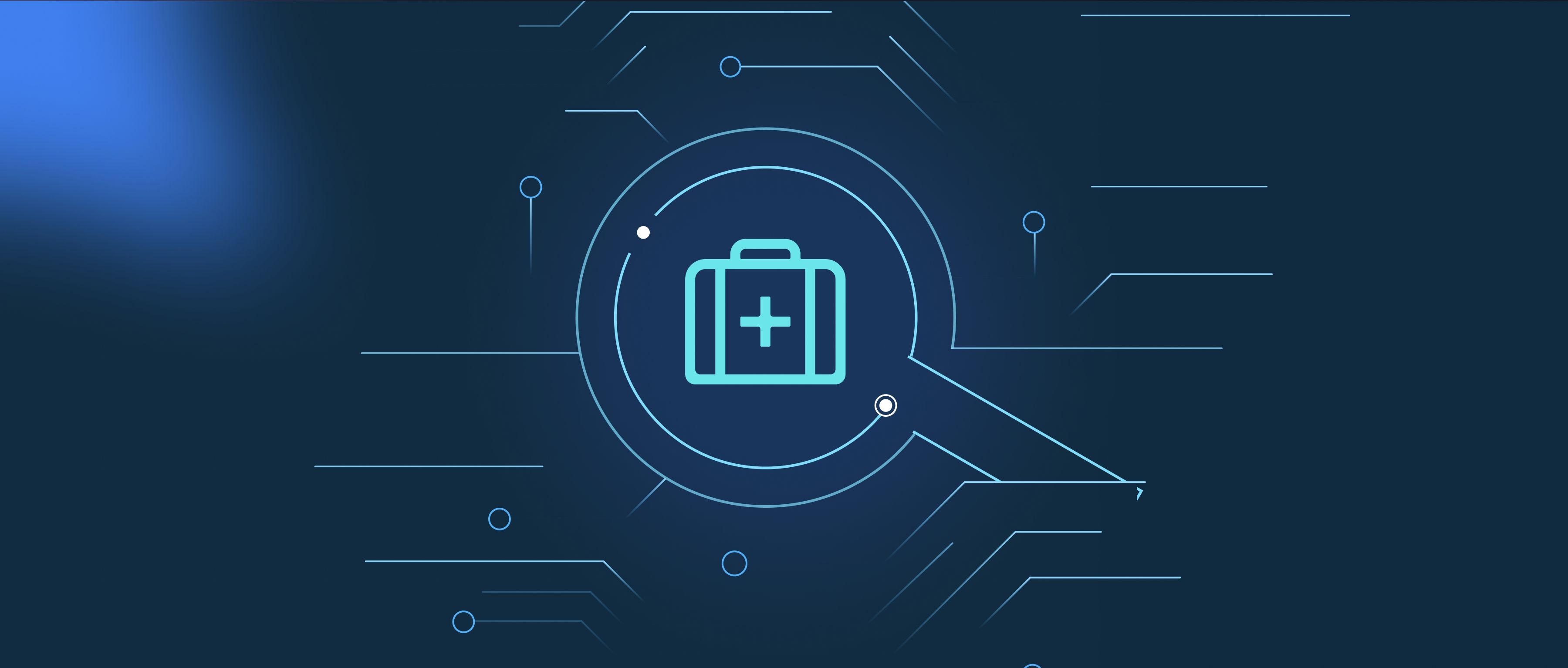Robots process data and make decisions through a series of systematic steps that involve data collection, processing, and action based on predefined algorithms. The first stage of this process is data collection, where robots use various sensors to gather information about their environment. These sensors can include cameras for visual data, LIDAR for distance measurement, and microphones for sound detection. The collected data is then transmitted to the robot's onboard computer for analysis.
Once the data is collected, the robot needs to interpret and analyze it to understand what it means. This analysis usually involves filtering the data to remove noise and identifying relevant features. For instance, in a robotic vacuum, the sensors might detect furniture and walls, which the robot must recognize to navigate effectively. The decision-making process typically relies on algorithms that weigh different inputs and calculate the best possible action. This might be as simple as moving in a particular direction or as complex as using machine learning to improve the robot's performance over time.
Finally, once decisions are made based on the processed data, the robot executes actions through its actuators, which are motors that control its movements. For example, if a robot is programmed to avoid obstacles, it will process sensor data to determine the location of an object, decide to change direction, and then send commands to its wheels to navigate around it. In this way, robots can efficiently process information and make decisions that allow them to operate autonomously in various environments.
